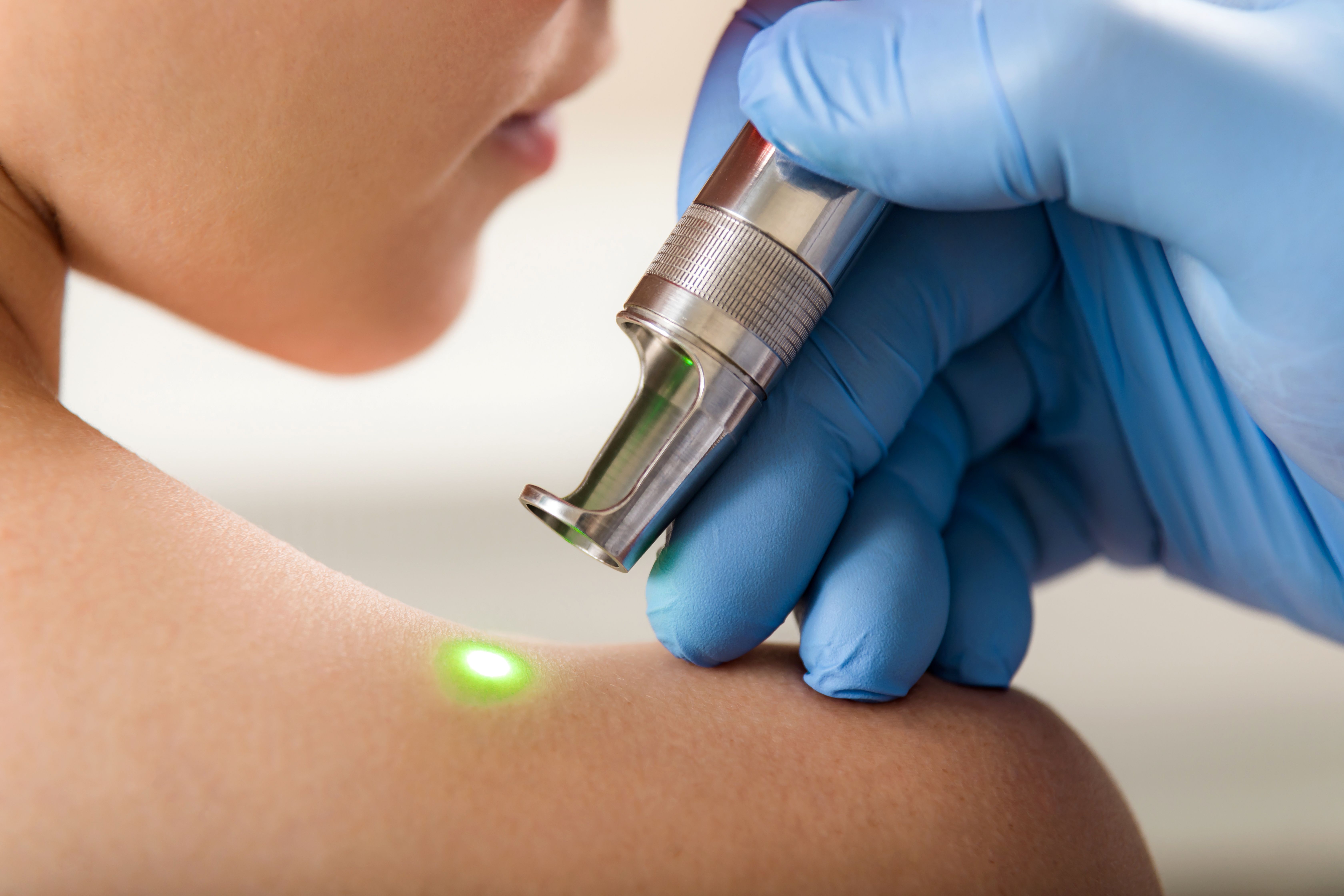- Acne
- Actinic Keratosis
- Aesthetics
- Alopecia
- Atopic Dermatitis
- Buy-and-Bill
- COVID-19
- Case-Based Roundtable
- Chronic Hand Eczema
- Drug Watch
- Eczema
- General Dermatology
- Hidradenitis Suppurativa
- Melasma
- NP and PA
- Pediatric Dermatology
- Pigmentary Disorders
- Practice Management
- Precision Medicine and Biologics
- Prurigo Nodularis
- Psoriasis
- Psoriatic Arthritis
- Rare Disease
- Rosacea
- Skin Cancer
- Vitiligo
- Wound Care
Article
AKs not really so ominous
Author(s):
It may seem like a heretical statement, but the fact is that the physician is not saving the patient's life by treating actinic keratoses.
Washington - Dermatologists have been taught that actinic keratoses (AKs) must be treated because of the possibility of progression to squamous cell carcinoma (SCC); however, in most cases this is not necessary, as the actual progression to malignancy is rare.
According to Paul J.M. Salmon, M.D., of The Skin Center in Tauranga, New Zealand, and the department of dermatology in Waikato Hospital, Hamilton, New Zealand, "We have all been taught from our residency programs that actinic keratoses have an impending preprogrammed progression to squamous cell carcinoma, and that we must treat them for the good of the patient.
"Yet the literature tells us that less than 0.1 percent of actinic keratosis lesions will progress to a squamous cell carcinoma. This is clearly a very low risk of progression, and there is no other scientific data that can honestly refute this," Dr. Salmon said, speaking at the 65th Annual Meeting of the American Academy of Dermatology, here.
According to Dr. Salmon, the Robin Marks study (Br J Dermatol. 1986 Dec; 115[6]:649-655)is the only scientifically credible study of AK progression showing a risk of probably 1:2,000, and no more than 1:1,000, for an individual AK to develop into an invasive SCC. He says that when considering the risk to his patients, the important question is how many of those SCCs will become life-threatening, i.e., metastasize.
The risk of a metastatic event after an AK progresses to an SCC is 1 in 20,000 to 1 in 50,000 per AK annually, Dr. Salmon says. In the average actinic patient with five to 10 AKs, the risk would be about 1:500 over 10 years.
Dr. Salmon adds that at first, it may seem like a heretical statement, but the fact is that the physician is not saving the patient's life by treating AKs. Academia has been teaching precisely the opposite for years, and Dr. Salmon's stance is considered controversial.
Melanoma paradigm
"If a dermatologist removes all of a patient's nevi thinking he will prevent the patient from developing a melanoma, he is wrong and is only fooling himself as well as the patient.
"He is not performing some life-saving procedure by doing this. The same is true for actinic keratoses and squamous cell carcinoma. In the vast majority of patients, you do not significantly decrease the risk of a patient developing a squamous cell carcinoma by treating their AKs," Dr. Salmon says.
"This is a phenomenon I call the 'melanoma paradigm,' but unfortunately the validity of this appears to have been overlooked by most of academia in the U.S.," he says.
"I believe that many dermatologists are looking for a reason to justify the treatment of actinic keratoses. There are numerous studies out there that are driven by the desire to prove that actinic keratoses are dangerous and must be treated. Yet, these studies are filled with flaws and are basically rubbish," Dr. Salmon says.
Dr. Salmon says, however, that there are good reasons for treating AKs. He treats those AKs in patients who have had a history of nonmelanoma skin cancer on the face or elsewhere, in immunosuppressed patients, and "I treat them if my patients ask me to, but I don't kid myself or my patients that I'm saving their life."
When to treat and why
"I treat those patients who have a lot of actinic keratoses on the face and a history of melanoma and nonmelanoma skin cancer because I can then better see other, more important lesions like basal and squamous cell carcinomas, as well as melanoma.
"Removing this 'diagnostic noise' is very helpful and beneficial in the surveillance of the patient," Dr. Salmon says.
Newsletter
Like what you’re reading? Subscribe to Dermatology Times for weekly updates on therapies, innovations, and real-world practice tips.













